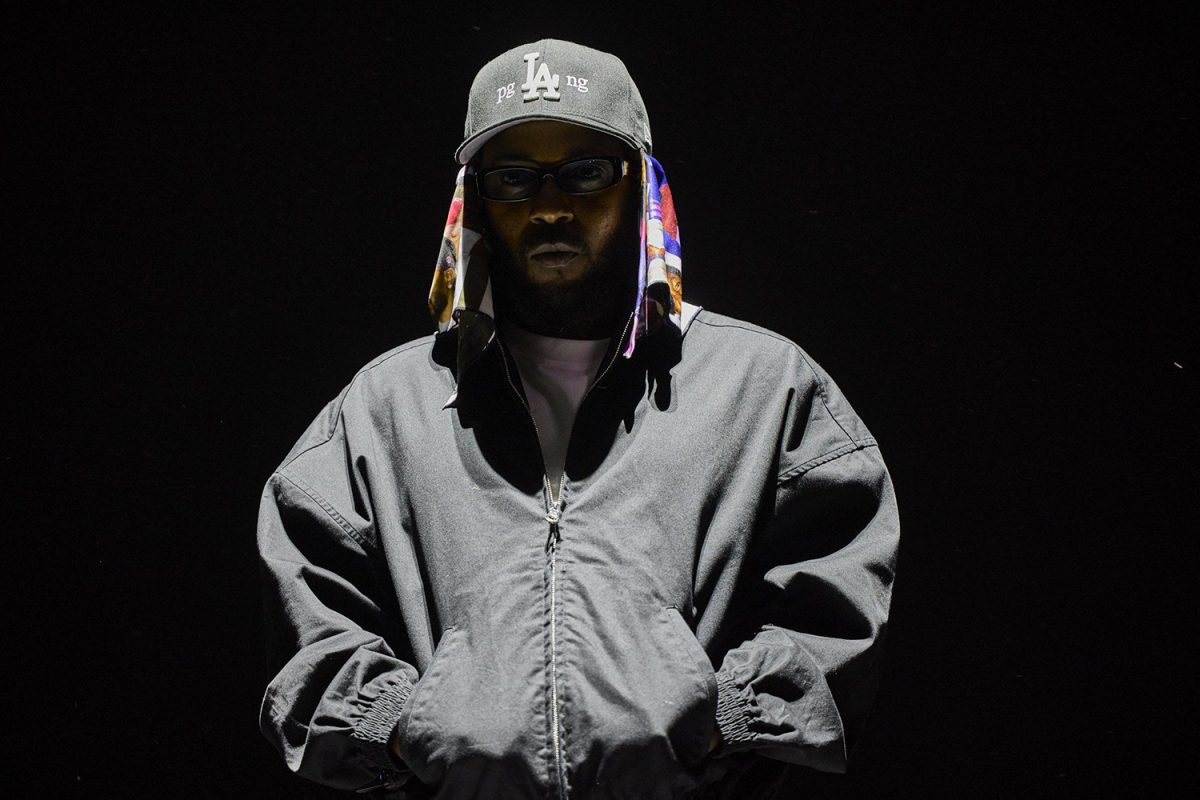Smile, shake, and sing.
For Indian dance teacher Trupti Patel, these “three Ss” are essential to make a splash at the 11th-annual University of Iowa Nachte Raho, thought to be the largest South Asian dance competition in the Midwest. The event will take place Saturday in the IMU.
“In Indian dance, you rely 50 percent on [facial] expressions and 50 percent on steps,” said Patel, who will judge Nachte Raho for the fourth time this year. “There’s a lot going on; you have to be in tune and coordinate with not only your partner but someone on the other side of the stage.”
This challenge will be faced by nine college dance teams on Saturday, traveling from as “near” as Ames and Chicago and as far as Atlanta and Charlottesville, Va. The groups will compete for a grand prize of $4,000, performing one of three Indian dances: Dandiya-Raas, Bollywood Fusion, and Bhangra.
Nachte Raho is hosted by the UI Indian Student Alliance; President Jostna Dash said it is one of the group’s biggest annual events, and it attracted around 1,000 people last year.
“It’s really cool to meet other Indian students around the nation and even just other people interested in Indian culture,” she said. “It’s fun to share our culture in a unique way.”
Former Indian Student Alliance President and captain of the Hawkeye Bhangra dance team Sauvik Goswami said including three Indian dances — each stemming from a different region, time period, and religious or artistic tradition — enhances the competition.
“There are so many different kinds of Indian culture,” he said. “We’re learning more about the cultures in the country. I think the value that you can get from that is something you can’t learn out of a textbook.”
Dash said Nachte Raho also allows dancers to invoke modern Western influences, even in the more traditional Raas and Bhangra dances, making it representative of Indian-American culture.
“While we were raised in this country, we also have our Indian roots, so it’s the middle ground almost,” she said. “It’s a mixture of the two [cultures] and how we come together. What you’re going to see is more contemporary, and they’ll really put on a show for you.”
The presentation will also be highlighted by the opening act, Chicago’s DJ Aladdin, along with a “Got Talent” skit from Iowa State University’s Indian Student Alliance. Dash said visitors will be able to participate this year by voting for an audience-favorite award.
As the host school, the UI’s two Indian dance teams, Hawkeye Bhungra and Iowa Andhi, cannot compete in Nachte Raho, but Iowa Andhi will perform as an exhibition act with Iowa Agni, the UI’s South Asian a cappella team.
“We’ve performed for many, many different crowds, and the times we’ve performed for Nachte have been some of the most memorable of our lives,” said Goswami, who danced with Hawkeye Bhangra at Nachte Raho last year. “You’re just up there having a lot of fun, and everyone’s rooting for you. There’s a lot of energy built-up in one room.”
Patel, who is the founder of the Payaliya Dance Studio in Chicago and Lake Zurich, Ill., said the Indian dances performed at Nachte Raho aren’t short of theatricality, from the costumes, facial expressions, and lip-syncing to the fusion of Eastern and Western styles.
“The teams at Nachte Raho always pick fast, upbeat songs. It gets you in party mood for sure,” she said. “It allows Indian students to share their culture with pride. I don’t see why you couldn’t have a good time at this event.”







